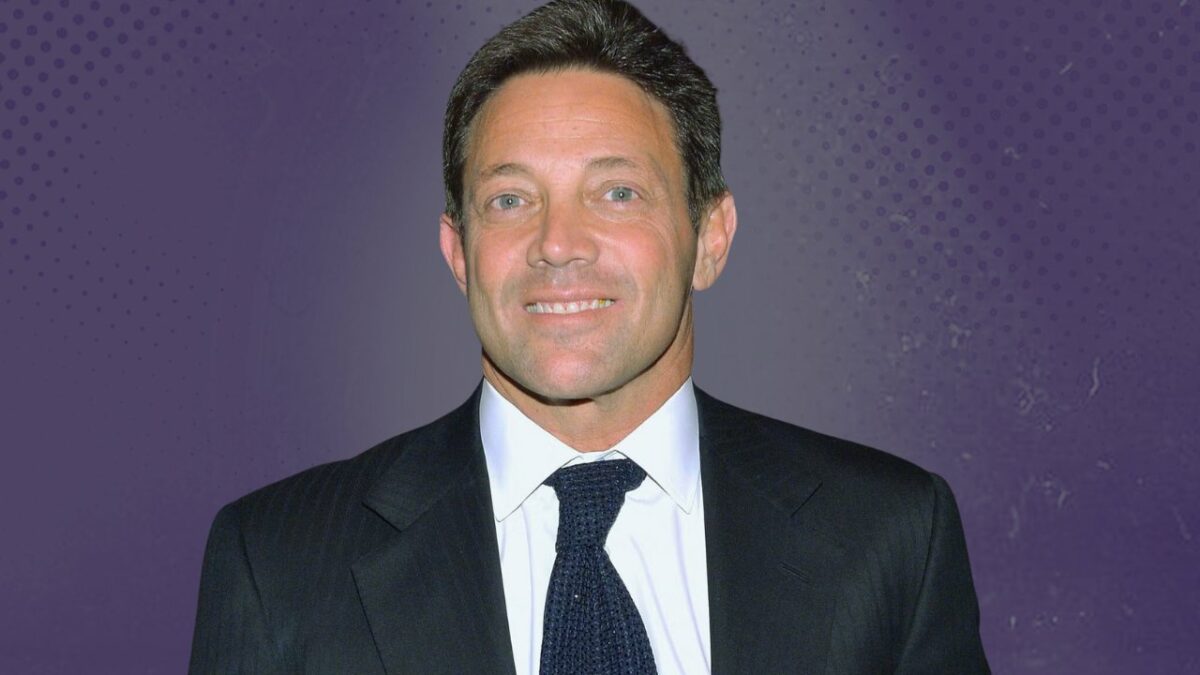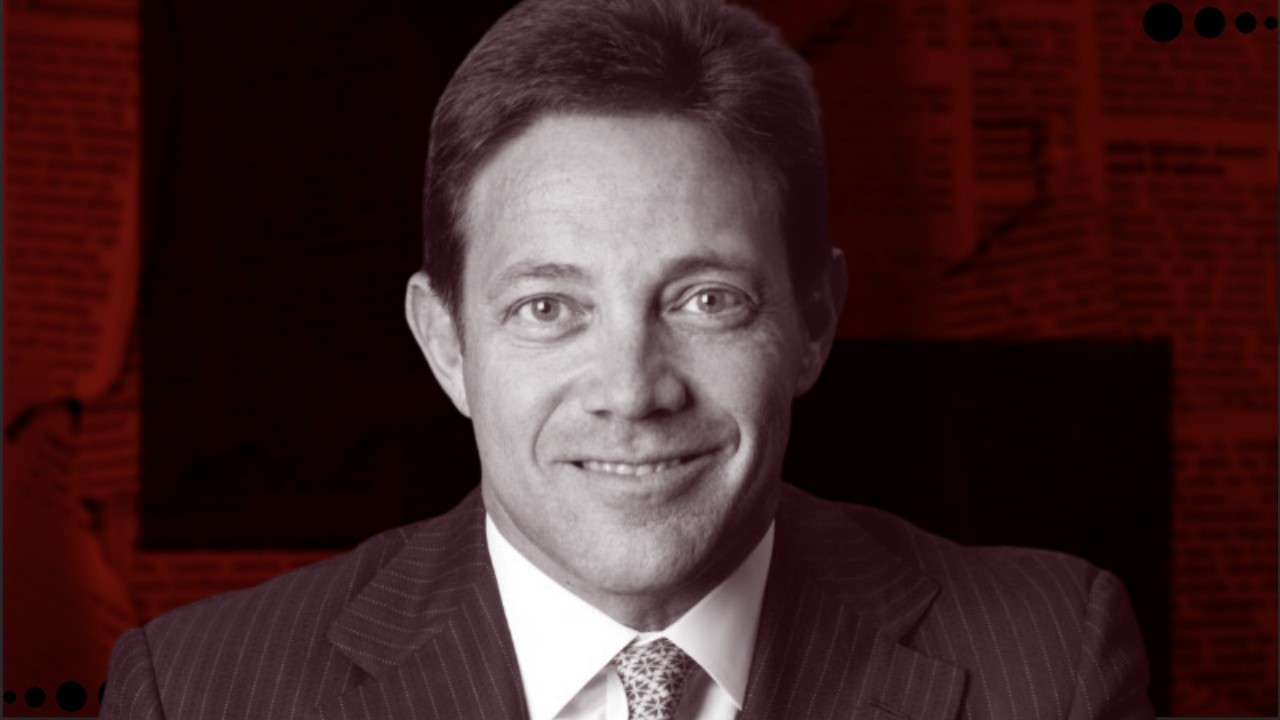Few figures in financial cinema have left as permanent an imprint as Jordan Belfort, superbly depicted by Leonardo DiCaprio in Martin Scorsese’s “The Wolf of Wall Street.”
This riveting black comedy follows Belfort’s stratospheric ascent and disastrous fall as a stockbroker involved in fraudulent practices.
As the titles roll, we are left with a powerful warning about the allure of avarice.
The Rise of Jordan Belfort and Illicit Activities
Belfort begins the voyage with moderate financial success but, sadly, loses his job in the 1988 Black Monday disaster.
Undaunted, he establishes Stratton Oakmont, a stock trading corporation that swiftly morphs into a criminal operation.
Belfort and his friends use devious ways to trick unwary customers into investing in stocks without disclosing the fine print. Their fortunes increase, and their lifestyles become lavish.
But it’s not just the financial sector that has a front-row ticket to Belfort’s shenanigans.
The film also delves into his turbulent relationship with his wife, Naomi, who is played by Margot Robbie, and his drug addiction spiral.
Belfort’s existence is precarious as he navigates the harsh world of finance while indulging in a jumble of narcotics.
What Happened To Jordan Belfort?
When the police close up on Stratton Oakmont, Belfort’s deception empire crumbles. Desperation creeps in, and Belfort tries to bribe the agents with what he sarcastically refers to as “fun coupons,” a slang euphemism for money.

Unsurprisingly, the authorities are unimpressed, and Belfort faces the most serious repercussions.
As Belfort’s drug addiction worsens, he unwittingly informs the FBI during a conversation with his business partner, Donnie Azoff (played by Jonah Hill), that his betrayal is a serious violation of trust.
Per his plea agreement, Belfort will serve 36 months in a minimum-security jail. Surprisingly, he was released after only 22 months.
The Dying Marriage
In the midst of Belfort’s illicit activity, his marriage to Naomi takes a drastic turn for the worse. What appeared to be a pleasant marriage quickly devolved into a never-ending loop of disputes and profanities.
The fissures in their relationship are caused by Belfort’s illegal activities, many extramarital affairs, and drug usage.
The final straw comes when Belfort is investigated by the SEC and the FBI. Naomi resolves to divorce her husband and seek custody of their two children since she is fed up with his reckless behaviour.
Their heated fights reach a climax when Belfort, high on cocaine and rage, attempts to flee with their little girl. A frightening vehicle accident eventually prohibits him from doing so.
In the end, Naomi reclaims custody of their child, leaving Belfort to deal with the devastation he has caused.
The Unravelling Scheme of Stratton Oakmont
A highly illegal “pump-and-dump” scheme is at the heart of Stratton Oakmont’s operation. Belfort and his fellow stock dealers boost stock prices to get unsuspecting customers to invest.
When the stocks are sold, their value plummets, leaving buyers duped while Stratton Oakmont benefits handsomely.
This scam attracted the attention of both the SEC and the FBI, precipitating the company’s demise.
Belfort’s attempt to bribe authorities with “fun coupons” seals his destiny and forces him to become an FBI informant. Stratton Oakmont is completely shut down, bringing an end to an age of financial fraud.
Reflection and Real-Life Consequences
The film’s conclusion naturally raises questions about what happened in real life after the curtain came down on Belfort’s cinematic trip. Jordan Belfort was freed from prison in 2006 after fulfilling his sentence.
He became a motivational speaker and wrote two books, one of which, “The Wolf of Wall Street,” served as the inspiration for Scorsese’s film. In an ironic twist, he also became a Bitcoin investor.
Naomi, Belfort’s ex-wife and the real-life inspiration for Margot Robbie’s role became a psychiatrist and marriage counsellor.
“Run Like Hell: A Therapist’s Guide to Recognising, Escaping, and Overcoming Addiction” is her book.
“Healing From Trauma Bonds” provides information about abusive relationships. She even worked with Margot Robbie on developing the character’s accent for the film.
Donnie Azoff, Belfort’s business colleague, is modelled after real-life acquaintance Danny Porush.
Both were convicted and served time, but Porush chose a different path following his release, working for Med-Care Diabetic & Medical Supplies.
However, he was accused of additional fraud in connection with the company’s sales practices.
The Pen and the Instruction
In the concluding scene of “The Wolf of Wall Street,” Belfort begins a new job teaching sales methods.
This scenario perfectly connects to an earlier scene in the film where Belfort handed a pen to a coworker and dared them to sell it to him.
Everyone who took part in the seminar failed to match Belfort’s sales prowess.
This seemingly insignificant but profound sequence embodies the film’s central message.
Belfort’s success was founded on luring clients with something they didn’t have, even if the transaction was fraudulent.
The pen begins to represent the attraction of greed and excess, a motif that continues throughout the film.
Fact vs fiction
In evaluating the film’s veracity, it’s worth remembering that Belfort has stated that his real-life drug addiction was far worse than the one represented on screen.
He claimed to have been addicted to 22 different narcotics at one time. Furthermore, the crazy drug-fueled antics in the Stratton Oakmont workplace closely resemble real-life incidents.
However, there are inconsistencies in the portrayal of Belfort. Naomi has a relationship with him. While the film depicts a violent fight in which he hits her, Naomi has provided a different perspective.
She claims Belfort burned her clothes and kicked her down a stairwell after she demanded he go to rehab.
Regardless of the differences, all sides have recognised the devastating nature of their past, even if they are now on better terms.
Finally, “The Wolf of Wall Street” is a warning story about the destructive effects of greed and excess.
Jordan Belfort’s wild ride through the worlds of banking, narcotics, and crime leaves a lasting imprint, reminding us that the chase of fortune at any cost can exact a high price.
Please keep in mind that the film’s accuracy may differ from reality.
